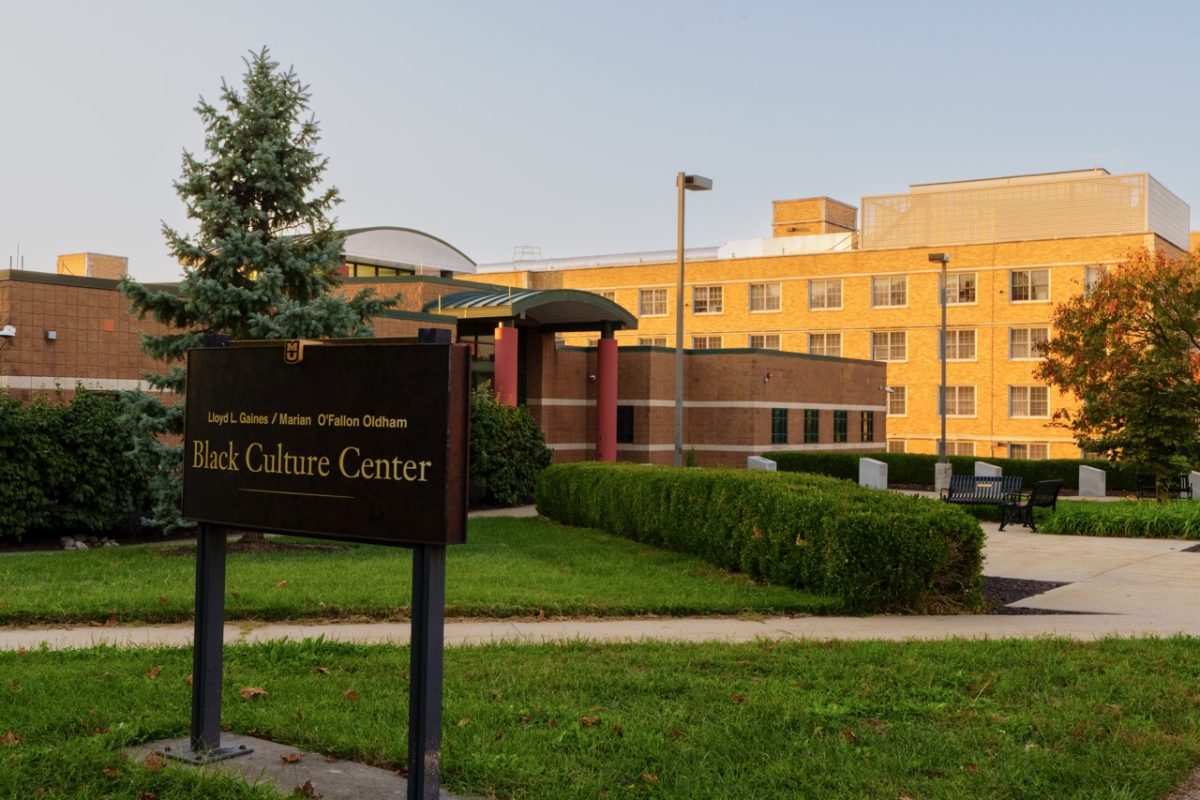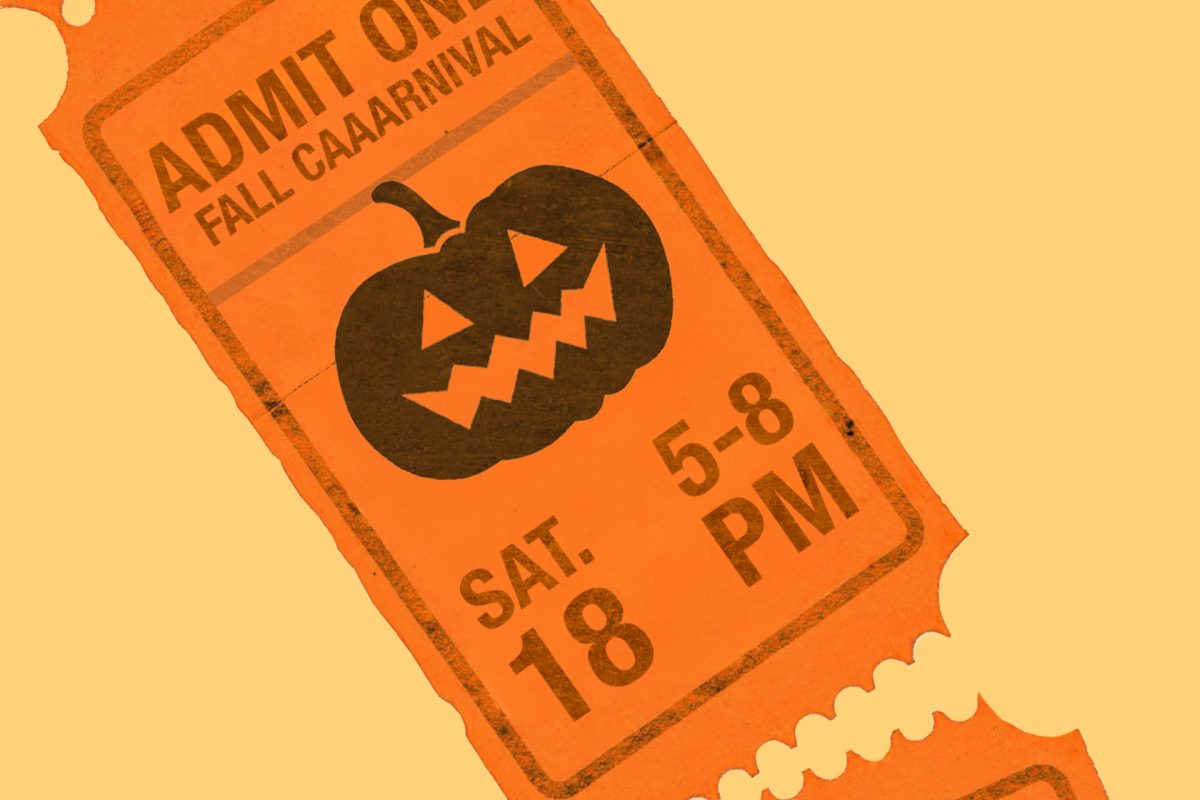Exhausted from a long day’s work, Mike Robertson loaded his pickup truck and headed out to the dump.
It was Sept. 12, 1981, and Robertson was in “grassy plains country” in British Columbia, Canada. Sandwiched between North America’s mountainous pacific coast and the Canadian Rockies, this wide-open expanse was rancher territory, and Robertson was right at home.
He was working on building his dream meat shop from the ground up with his wife, and had plenty of garbage to drop off. However, upon finding historical documents in the dump, he would leave that day with far more than he came with.
“When you look back, if you’d have turned right instead of left, where you’d be today?” Robertson said. “If you’d have gone in a straight line instead of veering off, where would you’d be today? I find that fascinating. When I look back on my life, I realize that I was either pushed or pulled, or intrigued or whatever, but in my life of twists and turns I’m standing before you today.”
Those twists and turns helped Robertson discover himself and learn the importance of fearlessness and perseverance. Throughout his life, Robertson has been a political advocate and historian of the Cheslatta Carrier Nation, a Canadian aboriginal band located in British Columbia. He has fought for them in court and sponsored economic initiatives within their community. As part of MU’s Canada Days series, Robertson’s speech on March 8 touched on social, political and environmental themes through the lens of his life’s work.
####Early life
Robertson was born into a long line of ranchers in 1956, while his father was studying at San Diego State University. When he was 2, his family returned to Montana, where they had roots going back to the 1880s. For the next 15 years, Robertson and his family moved sporadically from ranch to ranch, sometimes staying for a few weeks, sometimes for a few years.
“My dad always had dreamer ambitions of more acres to manage, more cattle and horses,” Robertson said. “It was kind of a gypsy lifestyle, but there was no better way to grow up.”
In 1974, his father settled in Canada, but Robertson remained in Wyoming.
Over the next few years, Robertson lived two lives. In one, he was taking classes on scholarship at Laramie County Community College in Cheyenne, Wyoming, and working odd jobs in the area. In the other, he was spending time up in Canada in the grassy plains country. Robertson knew that one day, that’s where he would end up.
“I’d always been enthralled with Canada, always wanted to go to Canada,” Robertson said. “I was pulled to Canada.”
While his college experience nurtured an interest for political science and writing, his work experiences taught him carpentry, machinery and agricultural skills.
“I sought work out, not only to pay the bills, but improve my skills, because I knew that I would be going to Canada,” Robertson said. “I wanted to learn these different little trades, and that’s what I did.”
Finally, in 1979, Robertson bought a plot of land in Canada, and in 1980, it became official: he received his immigration papers and arrived in British Columbia as a Canadian citizen.
####The Cheslatta
During his travels, Robertson met the woman who would ultimately become his wife. When she traveled up to meet him in 1981, the two went through the process of converting to Catholicism so they could be married.
“We had to get indoctrinated by the Catholic Church; we weren’t all that serious of bead rollers,” said Robertson, referencing the rosary beads often used in Catholic prayers.
That “indoctrination” process involved taking some lessons from a church leader. That leader was Albert George, who also happened to be a member of the Cheslatta Carrier Nation.
After getting married, Robertson and his wife set about fulfilling one of his lifelong dreams — the building of his very own meat shop. It was that very dream that found him unloading a truck bed full of junk on a crisp Canadian fall day.
As Robertson walked around the dump, which was really just a pit in the ground, he began to notice something. Littered among the trash were maps, photographs and documents.
“I love old stuff,” Robertson said. “I’m a historian, a collector, a voracious reader of history. I started picking up this stuff, and it was all related to the Cheslatta Carrier Nation.”
And then, he remembered Albert George, the man he’d met at the church, had recently been elected chief of the Cheslatta. Gathering up as many items as he could, Robertson rushed over to George’s house to share what he’d found.
When he got there, George helped him to make sense of it all.
“He saw the maps and the photographs, and said, ‘Mike, this is our history,’” Robertson said. “He sat down on the endgate there and for the very first time, I heard the real story.”
Through the diaries, letters, maps and photos, a disturbing tale began to take shape. In 1952, the Aluminum Company of Canada, or Alcan, constructed a large hydroelectric dam on the Nechako River to power an aluminum smelting facility. The reservoir that formed as a result, and the subsequent floods, devastated the Cheslatta’s territory, with very little notice from the company nor the Canadian government.
“They lost their land, their villages, their houses, their traps, their hunting territories, all their equipment, their livestock, their furniture,” Robertson said. “Now the community was wrecked with suicides and alcoholism.”
The more he learned, the angrier he got. Robertson researched the incident and read up on Canada’s Indian Act of 1876, which he said was vastly discriminatory and would later form the basis for South Africa’s apartheid legal system.
“These people were wronged in the most despicable way by the Aluminum Company of Canada and by the government of Canada,” Robertson said. “Those two groups conspired to annihilate a whole race of people.”
Robertson resolved to try and make things right. He started working with the Cheslatta, bringing in his wife to help with bookkeeping and reaching out to Canada’s government. He toured the nation’s territories, a spotty patchwork of lands that had been cobbled together after the flood drove them out of their homes.
All of this pushed him to become politically active, and, ultimately, dedicate his life to the cause.
As the decades passed, Robertson became a central figure with the Cheslatta as a champion of justice. In 1993, he was an instrumental part of the legal fight that ended in a multi-million dollar settlement between the Canadian government and the Cheslatta for pushing them out of their homes.
“We proved ourselves to the government that we just weren’t just a bunch of wild-stick Indians out there raising hell all the time,” Robertson said. “We were a force to be reckoned with.”
A few years later, lobbying on the part of the Cheslatta with the British Columbia government resulted in the cancelation of Alcan’s proposed addition to the dam, known as Kemano II. The project would have further devastated the community by diverting the vast majority of the river to the ocean.
“The Kemano II project would’ve sealed the fate of the Cheslatta land and territory, and eventually the people,” Robertson said.
Today, Robertson continues his activism as a voice for the Cheslatta, and has helped encourage economic initiatives within the community to help it grow.
####Lessons learned
But the road wasn’t always easy for this cowboy-turned-activist.
“I quit Cheslatta a couple times, out of starvation and frustration,” Robertson said. “I went through a lot of trials and tribulations. Working with any small community, there’s politics, family dynamics.”
Working long days and nights with almost no money, living the rugged lifestyle of the West and clinging to a dream that his family and even members of the Cheslatta doubted at times, Robertson had to gird himself to keep going.
“My dad always said, ‘Goddammit son, you’re jumpin’ the traces, you’re not like us,’” Robertson said, using a horseriding idiom for being overeager and striking out without preparation.
As a white man working with the native population, Robertson drew the ire of both a native community that was at times suspicious of him, and the non-native population who ostracized him for his work.
“I was castigated by the non-native community, who literally told me on a number of occasions, including my father, ‘what the hell you doing working with those goddamned indians?’” Robertson said.
Even all of that wasn’t enough to deter him from his work. With an iron resolve and a willingness to accept defeat, Robertson kept plugging away at his goals of achieving restitution for the Cheslatta.
“The fear of failure today, I think, is even more magnified,” Robertson said. “Well, I guarantee ya folks, you’re gonna fail. Failure is the inspiration for who we are today, where we are today. If you don’t fail, you’re in a box somewhere and you’re never gonna be worth a damn. Failure is what makes you strong.”
Tempered in the fire of defeat, failure and frustration, it was that strength that pushed Robertson to keep going, despite the condemnation of his own family, the pushback from his own government, and the crushing frustration from within that overwhelmed him at times.
“You don’t need a whole lot of stuff to survive,” Robertson said. “The only thing you need is the ability to go to sleep at night with the understanding, and have a smile on your face, knowing that you did at least one good thing for someone, or the earth as a whole.”
That belief, he said, is what motivated him in the face of uncertainty.
“We didn’t know how to do it, but we knew we were doing the right thing.”
_Edited by Emily Gallion | [email protected]_







